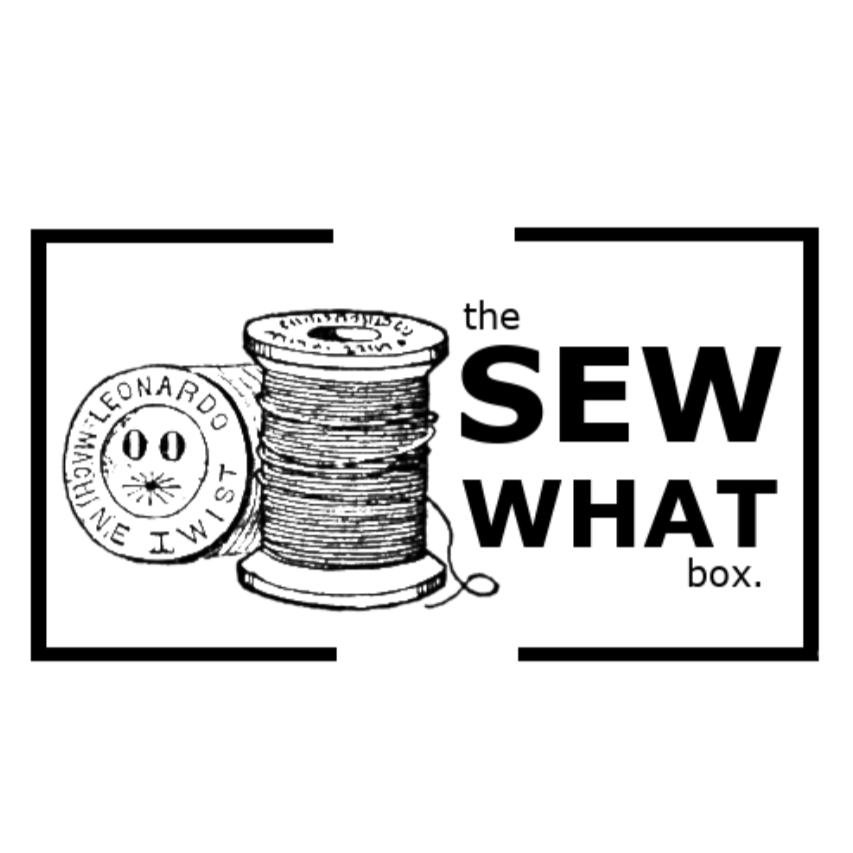You Need Interfacing (Yes, Really)
Interfacing can take your project from “Oh, you made that…?” to “WOW, I can’t believe you made that!!!”
Have you ever attempted a project that lacked the professional, crisp, polished finish or just didn’t hold its shape? Interfacing might be the secret ingredient that you were missing.
Often, interfacing is overlooked, yet interfacing plays a crucial role in structure, support, and the durability in garments and other fabric projects.

What is Interfacing?
Interfacing is a textile used on the unseen or “wrong” side of fabrics to make an area more rigid. It’s commonly used in:
• Collars
• Cuffs
• Waistbands
• Straps
• Bag linings
• Where extra structure/shape is needed
Interfacing can be fusible (applied with heat) or sew-in and comes in various weights (thicknesses): lightweight, medium, and heavyweight.
For best results, match the weight of the interfacing to the weight of your fabric by feeling the thickness of the fabric that you want to use and matching it to an interfacing that feels of a similar thickness (or the stiffness that you want to add to your project).
If purchasing online, look for a description of the “weight” of both the fabric and interfacing and match them to each other.
How Does Interfacing Help?
Interfacing will:
• Add Structure and Stability by adding a layer of stiffness to whatever fabric it is attached to—stiffer fabric pieces will stand up straighter, have more structure, and just feel sturdier.
• Prevent Distortion of Fabric by holding lightweight, loosely woven, or stretchy fabrics straight and in-place while sewing, wearing, using, or laundering the project in question. It will help to prevent puckering, stretching, and distortion of the fabric shape.
• Improve Durability by reinforcing the fabric to help the project last wash after wash and use after use.
• Enhance Project Appearance by holding the fabric in a smooth shape with crisp, clean lines. This leads to a finished project that results in a more tailored and crisper look.
• Facilitate Better Sewing because fabric with interfacing becomes firmer, which is easier to cut and stitch precisely. Plus--fabric won’t shift as much while sewing, allowing you to achieve accurate seams and topstitching.
Tips for Working with Interfacing
1. Begin by testing a scrap piece, especially if working with a delicate or unfamiliar fabric. Check for: melting, burning, distortions, look, feel, stiffness level.
2. Some types of sew-in interfacing may need pre-shrunk--read the directions that came with the type you selected and if pre-shrinking, do make sure that the fabric it will be sewn into is pre-shrunk as well.
3. Use a pressing cloth when working with fusible interfacing to avoid scorching the fabric or getting adhesive residue on your iron.
4. Store extra interfacing on a roll or flat to avoid creases.
Final Thoughts
Interfacing might seem like a small detail, but it can make or break your final results. It is the hidden step that brings structure, polish, and longevity to your handmade creations.
Next time you are planning a project, don’t skip the interfacing and make your next project a “Wow” project.
Happy Sewing!
Have any questions about interfacing or need help choosing the right one? Join our helpful Facebook group to post pictures, ask questions, and celebrate sewing wins with other like-minded sewists.
